A rich state is characterized by a combination of various elements contributing to its prosperity. Strong economic fundamentals, including a diverse GSDP driven by sectors like manufacturing, technology, and services, play a pivotal role. Access to natural resources such as minerals, oil, and fertile land can bolster wealth. Additionally, a well-educated and skilled workforce fosters innovation and productivity. Political stability, efficient governance, and sound infrastructure are crucial for sustained growth. Favourable trade policies, global connectivity, and investment-friendly environments attract foreign capital. Ultimately, a rich country balances these elements to create a thriving economy and a high standard of living for its citizens.
Top 10 Richest States In India
Having read about all the elements which make for a wealthy state, let’s discuss briefly the top 10 richest states in India, which have significantly contributed to the collective GDP of the nation.
Maharashtra
With a GSDP exceeding $530 billion, Maharashtra is the richest state in India. Its booming design, fashion, music, film, performing arts, publishing, TV, and radio industries, has heralded it as India’s creative centre. With 61.4% of the value addition and 69.3% of the value output, the service sector leads the economy, followed by the agricultural and industrial sectors. Mumbai, the capital of Maharashtra and dubbed the financial capital of India, is a major hub for trade and finance, home to the National Stock Exchange of India, the Bombay Stock Exchange, and numerous other banks and financial institutions. The state is one of the top producers of soybeans, cotton, and sugarcane. Maharashtra is home to numerous industries, such as engineering, textiles, and automobiles. The state’s economy is further supported by the port of Mumbai, which handles a sizable amount of India’s international trade.
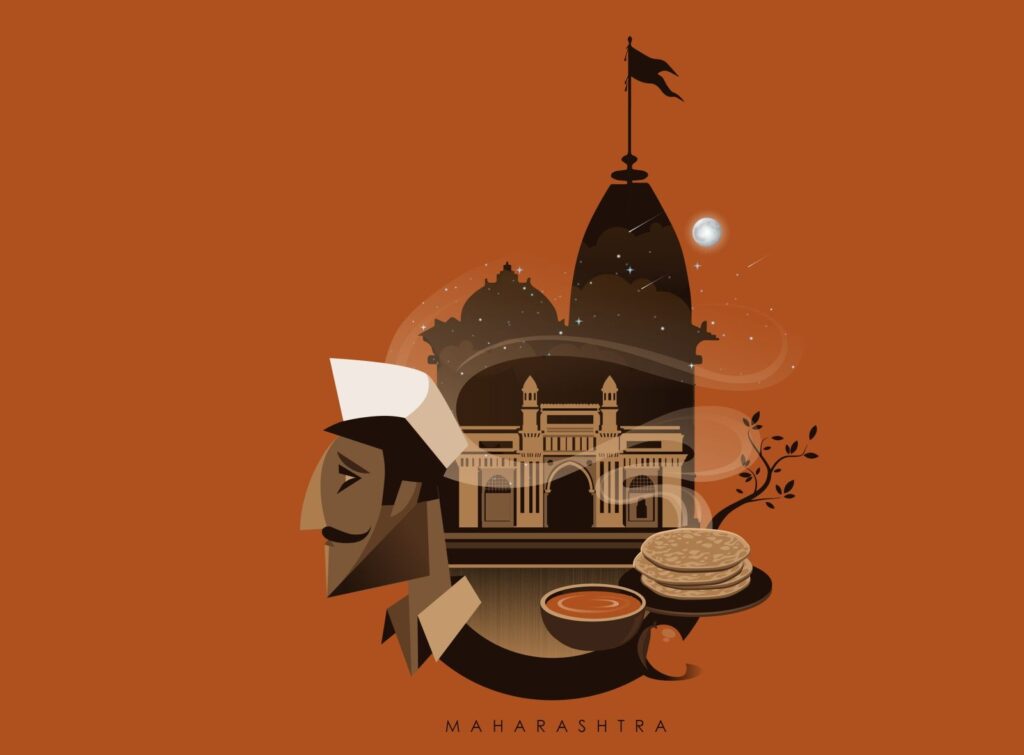
Tamil Nadu
Ranking as the second richest state in India, with a GSDP of over $354 billion is the southern Indian state of Tamil Nadu. It is well-known for both its robust industrial base and rich cultural legacy. The state’s economy is fueled by the information technology, automotive, and textile industries. The capital city, Chennai, is a centre for manufacturing, engineering, and IT. Additionally, Tamil Nadu is a major producer of textiles, especially cotton and silk. The state’s agricultural sector is composed of rice, sugarcane, and groundnuts. Several agro-based industries, mainly paper and sugar, are also its USP. With a history of producing textiles on power looms and handlooms, Tamil Nadu boasts one of the oldest and most advanced textile industries in India.

Gujarat
Gujarat is the third richest state in India, with a GSDP exceeding $352 billion. A large chunk of residents work primarily in agriculture, fishing, livestock, and industrial production making it the state’s main source of income. It boasts a robust road & rail network, ports, and airports. Thanks to its rich soil and temperate climate, Gujarat prominently produces dates, milk and dairy products, cotton, groundnuts, and sugarcane. Its location is ideal for foreign trade and commerce. The state’s ports, handling cargo, including gas, oil, and agricultural products, are among the busiest in India. These ports include the Port of Kandla and the Port of Mundra. Additionally, the state is home to the petrochemicals, chemicals, and textiles industry. Gujarat is renowned for encouraging the growth of small businesses and entrepreneurship. The state government encourages the development of small and medium-sized businesses (SMEs) via numerous policies and initiatives, which have aided in job creation and economic expansion.
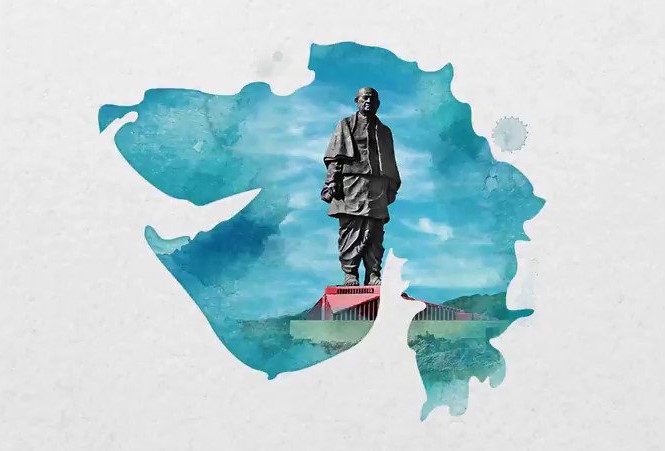
Karnataka
The fourth richest state in India, at a GSDP of over $349 billion, Karnataka is well-known for its booming technology sector. Karnataka is home to the capital city of Bengaluru, also known as the ‘Silicon Valley of India,’ and is home to the world’s fourth-largest technology cluster. Due to its advantageous location and pro-business regulations, it has drawn investments from global firms and developed a thriving startup community. The state’s agricultural industry largely produces sugarcane, rice, and coffee. With a large number of biotechnology businesses and research facilities based there, the state is also a hub for biotechnology research and development. Karnataka’s aerospace sector is expanding as well. Numerous aerospace firms, such as Hindustan Aeronautics Limited (HAL) and Bharat Electronics Limited (BEL), are based in the state and significantly boost its economy. The state government has prioritized infrastructure development for economic and industrial growth. This has been done by establishing myriad special economic zones (SEZs) and industrial parks.

Uttar Pradesh
The manufacturing, IT services, handicrafts, and agriculture sustain Uttar Pradesh’s economy. The GSDP of $310 billion makes it the fifth richest state in India. In addition to being the biggest producer of potatoes, sugarcane, and food grains in India, it also plays a big role in the dairy, horticulture, and livestock industries. One of the world’s seven wonders, the Taj Mahal in Agra, assists the state’s thriving tourism sector. Uttar Pradesh’s expanding BPO and IT industries offer job opportunities to its citizens. The UP Industrial and Investment Policy of 2017 is just one of the many programs and policies the state government has put in place to help it draw investments and lure businesses. The state is endowed with natural resources, such as water, forests, and minerals. To promote economic development, the state government has been aggressively pursuing the utilization of these resources. For instance, UP’s numerous power plants and other energy-producing facilities contribute to the state’s increasing need for electricity.
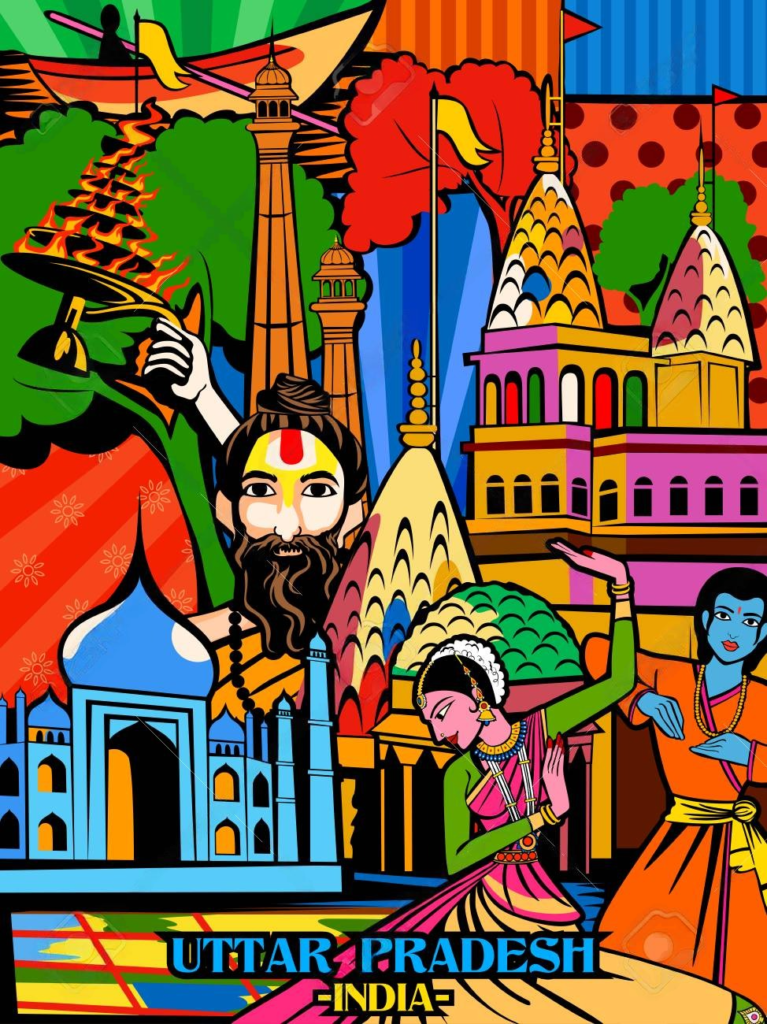
West Bengal
Agriculture is the main industry in West Bengal, which has risen to a GSDP of $240 billion, making it the sixth richest state in India. Many of India’s harvests of potatoes, jute, and rice come from the state. It also has a booming petrochemical sector, and other essential industries include electronics, automobiles, ships, chemicals, fertilizers, and cotton. West Bengal’s economy is evolving due to engineering, chemicals, and textiles industries, all providing high-paying jobs. The state is home to numerous historical sites, temples, and other tourist destinations, generating revenue, like the Howrah Bridge, the Victoria Memorial, and the Sundarbans. West Bengal is a prominent hub for education in India, drawing students from around the world to its esteemed universities and colleges. This creates further jobs in the education and research sectors, boosting the GSDP.
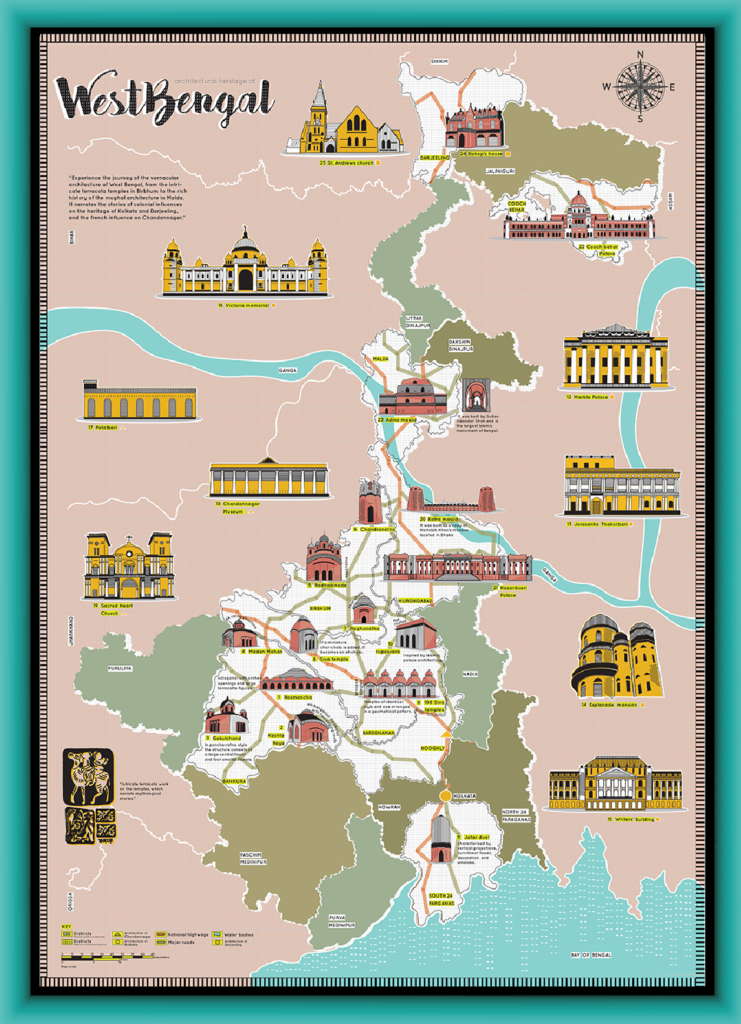
Rajasthan
Rajasthan is the seventh richest state in India, with a GSDP of $197 billion. The main industries driving the state’s economy are mining, tourism, and agriculture. The state has an abundant variety of crops, including mustard, wheat, oilseeds, pulses, and barley. It also comprises successful chemicals, minerals, and textiles industries. The mineral industry in the state is especially noteworthy, with numerous mining corporations populating it. The tourism industry is also rapidly expanding along with the services, retail, healthcare, and finance sectors. Historical sites, temples, and other tourist destinations, including the Hawa Mahal, Jantar Mantar, and the Ajmer Sharif Dargah, are located in Rajasthan, contributing to the economy.
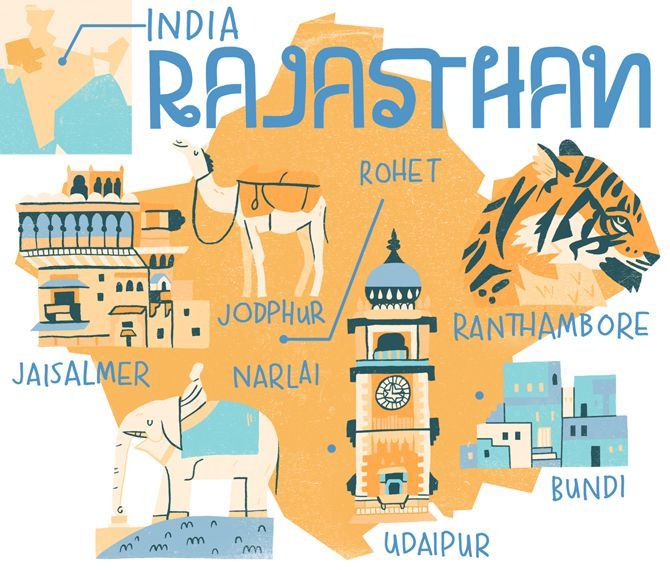
Andhra Pradesh
Andhra Pradesh is the eighth richest state in India, with a GDP exceeding $181 billion. The state features sizable and well-established industries, such as agriculture, aquaculture, horticulture, floriculture, textiles, and pharmaceuticals. The service industry in the state, led by the thriving IT and ITES sectors, creates jobs and brings in money. With internationally popular tourist destinations like Tirupati, Vizag, and Amaravathi, the state also boasts a robust tourism industry. Andhra Pradesh comprises India’s southeast coast, ideal for trade and commerce. Among the busiest trade hubs in the state are the ports of Visakhapatnam and Kakinada. Because of its proactive government and stable political climate, it has seen an increment in businesses. The state government’s emphasis on industry expansion, infrastructure, and economic reforms has drawn investment and accelerated economic growth.
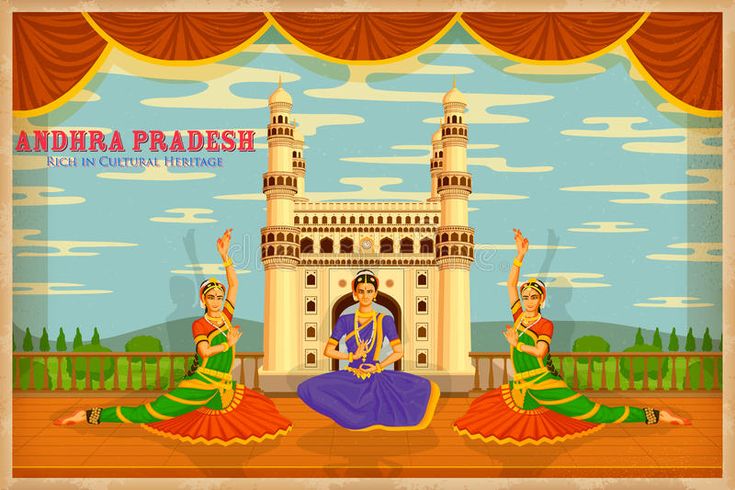
Telangana
Telangana’s emphasis on manufacturing, biotechnology, and IT has resulted in impressive industrial growth and FDI inflows. With a GSDP exceeding $173 billion, it is the ninth richest state in India. The state is well-known for its abundant water resources and rich, fertile land, making it perfect for growing maize, rice, and cotton. Telangana also consists of a multitude of fruit and vegetable farms, adding to the horticultural industry. In addition, the state is home to service, textiles, and pharmaceutical industries. They also have a sizable financial & insurance industry, as well as an expanding healthcare sector. Numerous historical monuments, temples, and other tourist attractions are located around the geography, contributing to its revenue.
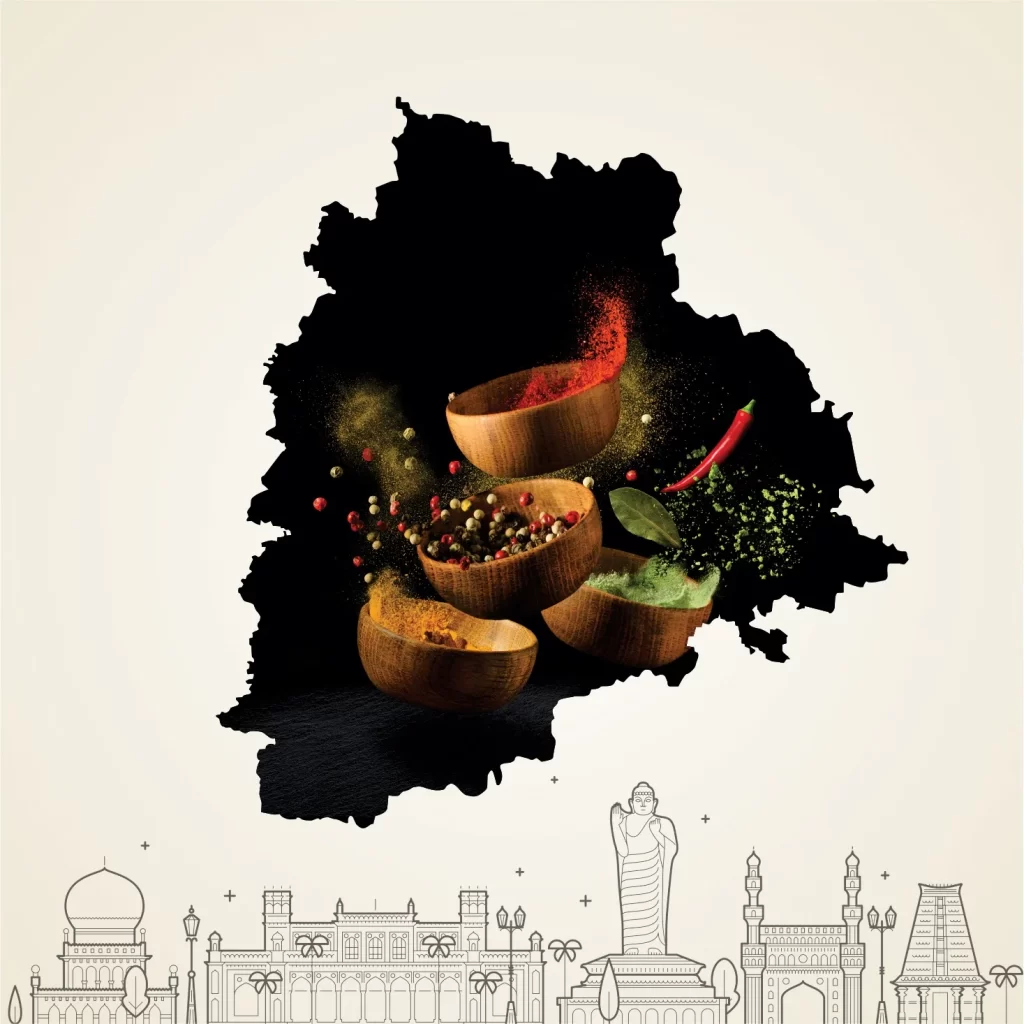
Madhya Pradesh
Known as the ‘Heart of India,’ Madhya Pradesh is renowned for both its stunning natural surroundings and rich cultural legacy. It provides a distinctive blend of economic activities with a combination of modern industries and traditional crafts. Madhya Pradesh is the tenth richest state in India owing to a GSDP of over $166 billion. The state’s tourism industry is booming which is a major contributor. The state is home to internationally recognized historic sites, such as the Buddhist Monuments, the Khajuraho Temples, and the Sanchi Stupa. The region is a significant producer of pulses, soybeans, and wheat. Minerals like bauxite, limestone, and coal are also abundant. Madhya Pradesh is situated at the intersection of important transportation routes, such as the North-South Corridor, the East-West Corridor, and the Golden Quadrilateral, making it a hub for trade and commerce. The state government encourages the development of biotechnology, IT, transportation, and textiles.
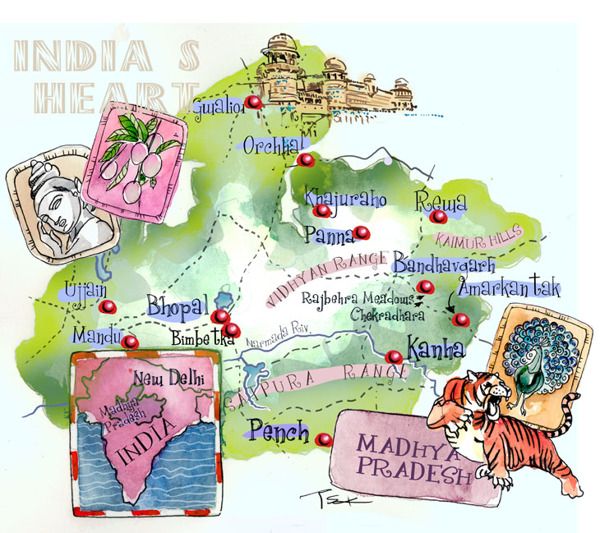
Image Courtesy – Dreamstime





